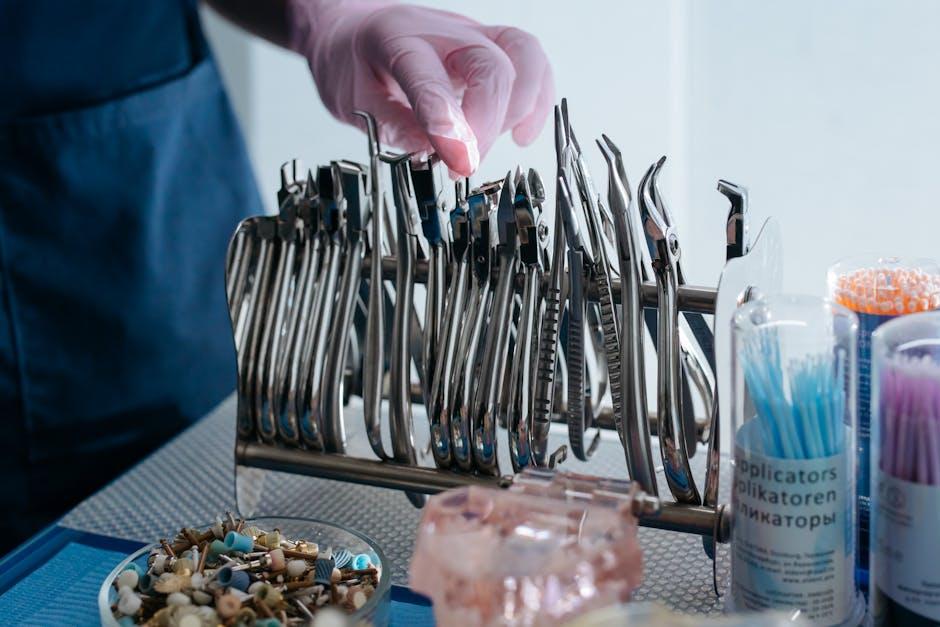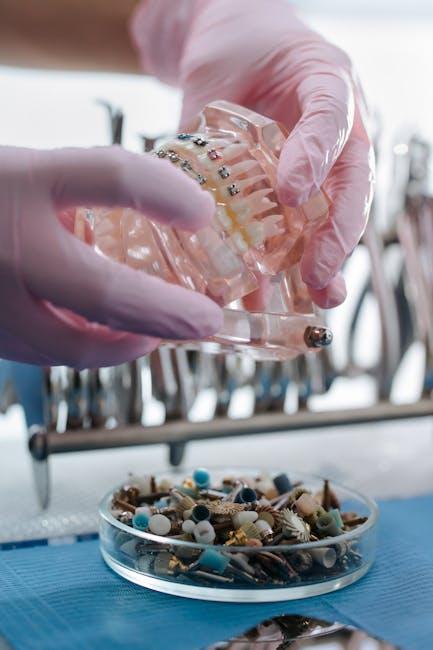
What Will a Dental Laboratory Look Like in 2030?
The dental industry is evolving faster than ever, with technology and materials reshaping the way dental laboratories operate. As we look ahead to 2030, dental laboratories are poised to become highly advanced, automated, and integrated hubs, delivering faster, more accurate, and customised solutions for dental professionals and their patients. In this article, we will explore the future landscape of dental laboratories, key innovations, and what that means for the wider dentistry field.
How Digital Transformation Will Revolutionise Dental Laboratories
Digital dentistry has already begun disrupting traditional workflows, and by 2030, this will become the norm. Dental laboratories will leverage cutting-edge digital tools to enhance every stage of production from design to final fabrication.
Key Digital Technologies in 2030 Dental Labs
- 3D Printing and Additive Manufacturing: Highly precise 3D printers capable of producing crowns, dentures, and orthodontic appliances with biocompatible materials will dominate.
- AI-Powered Design Software: Artificial intelligence will assist dental technicians with optimised prosthetic designs, improving accuracy and reducing turnaround time.
- Cloud-based Collaboration Platforms: Seamless real-time data sharing between dentists, laboratories, and patients to speed communication and case approvals.
- Augmented Reality (AR) & Virtual Reality (VR): AR and VR will allow technicians to visualise and interact with dental anatomy in 3D before fabrication, enhancing precision.
The Future Materials Shaping Dental Laboratory Outputs
The next decade will see significant innovation in dental materials, driving improvements in durability, aesthetics, and patient comfort.
- Next-Generation Ceramics: Stronger, more aesthetic ceramics with natural translucency mimicking real teeth.
- Bioactive Materials: Materials that can promote tooth regeneration or actively combat bacteria will become mainstream.
- Smart Polymers and Composites: Polymers that adjust to changing oral conditions for enhanced fit and longevity.
- Eco-Friendly & Sustainable Materials: Biodegradable and recyclable materials to reduce environmental impact.
Automation and Robotics: The Industrialisation of Dental Labs
By 2030, many manual and time-consuming tasks will be automated, serving to improve consistency and reduce human error.
Examples of Automation in Future Dental Labs
- Robotic Milling: Robotic arms for precision milling of restorations will speed up production without compromise on quality.
- Automated Quality Control: AI-powered inspection systems will check for flaws and ensure perfect tolerance levels.
- Inventory & Supply Chain Automation: Advanced logistics management systems to track materials and supplies real-time.
Workflow Integration: From Chairside to Lab, An End-to-End Journey
Dental laboratories will become seamlessly integrated with dental clinics through fully digital workflows.
| Process Step | Current Practice (2024) | Future Practice (2030) |
|---|---|---|
| Impression Taking | Physical impression using materials like alginate | Digital intraoral scanning with mobile devices |
| Design | Manual CAD design, technician dependent | AI-augmented CAD with dentist and lab collaboration in real-time |
| Fabrication | Traditional casting, milling in lab | On-demand 3D printing & robotic milling, often outsourced or remote |
| Delivery | Physical shipping, delayed communication | Instant digital files and expedited logistics via smart tracking |
Benefits of Dental Laboratories in 2030
The advances in technology, materials, and workflow integration will bring numerous benefits including:
- Faster Turnaround Times: Digital workflows and automation reduce case completion times drastically.
- Improved Accuracy & Precision: AI and robotic tools minimise human error ensuring perfect fit every time.
- Enhanced Patient Experience: More comfortable, aesthetic, and durable restorations mean better patient outcomes.
- Increased Collaboration: Better communication between clinics and labs leads to tailored solutions.
- Sustainability: Eco-conscious materials and processes help reduce environmental footprint.
Practical Tips for Dental Professionals Preparing for 2030
As the dental laboratory landscape shifts, dental clinics and professionals can stay ahead by:
- Investing in Digital Skills: Learn CAD/CAM software fundamentals and digital communication tools.
- Partnering with Forward-Thinking Labs: Choose labs that embrace technology and innovation.
- Keeping Updated on Materials: Stay informed about new biomaterials and restoration options.
- Encouraging Patient Involvement: Use digital tools to help patients visualise and understand their treatments.
Case Study: A Day in the Life of a 2030 Dental Laboratory Technician
Meet Sarah, a dental technician in 2030, who begins her day reviewing AI-prioritised cases on her tablet, remotely connected with dentists in several clinics. The lab’s 3D printers hum quietly as robots complete milling tasks. Using augmented reality glasses, Sarah examines prosthetic designs in 3D, adjusting details with gesture controls. Cloud technology allows real-time feedback from patients, enabling fine tweaks before printing. The result? Efficient, precise, and highly personalised dental restorations delivered within 24 hours.
Conclusion
The future dental laboratory in 2030 promises to be a blend of high-tech innovation, sustainable practices, and enhanced collaboration with dental professionals and patients alike. The integration of digital workflows, AI, robotics, and next-generation materials will make dental labs faster, smarter, and more patient-centric. As this exciting future approaches, embracing these advancements will be key to delivering superior dental care and shaping the next evolution of dentistry.


